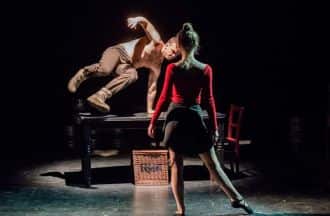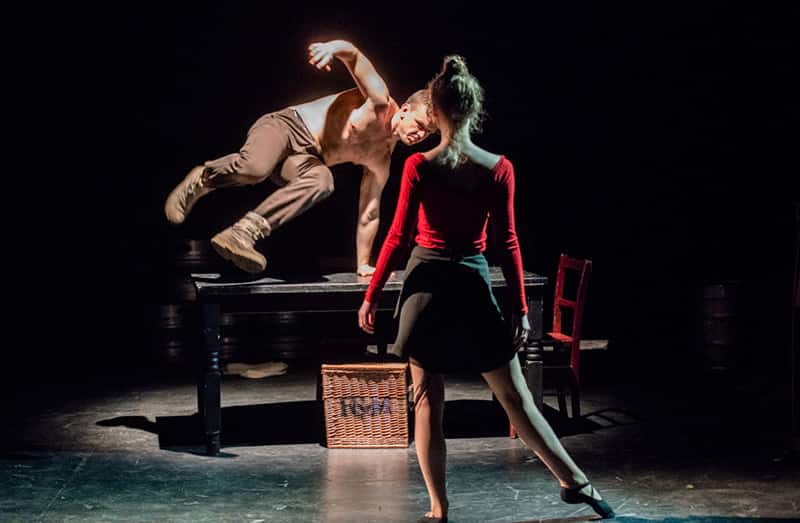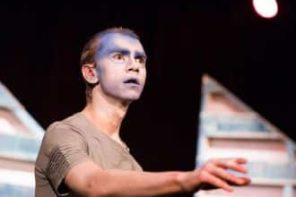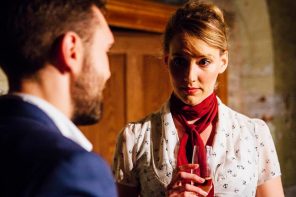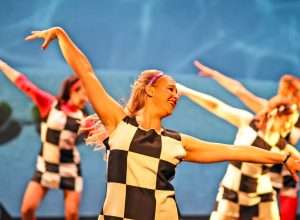Physical Theatre sounds quite abstract - it feels like it should involve movement and perhaps dance - we explore what is and why it is a helpful tool for an actor to learn and practice.
What is Physical Theatre?
Physical Theatre is a type of performance where physical movement is the primary method of storytelling; as opposed to, say, text in a play or music and lyrics in an opera. Also, it may incorporate other techniques such as mime, gesture and modern dance to create performance pieces.
Physical Theatre often has little or no dialogue, as the movement is the main focus of the performance.
Performances
You may have heard of companies who use it in their work, such as DV8, Complicite or Frantic Assembly. These companies are well known for developing individual styles of Physical Theatre to tell their stories. What is interesting is that Physical Theatre can be myriad things. For example, some of DV8’s work involves no dialogue onstage, what you might see is movement, music, mime and voice-over all working together to tell a story.
Alternatively, a show such as Frantic Assembly’s ‘Othello’ is a performance which uses a Shakespearean text as the base and Physical Theatre is woven into and alongside the text to enhance it and develop the story being told. One interesting way they did this was in the moments of violence within the play. Instead of creating naturalistic ‘fighting’, the company decided to use their language of Theatre to create these moments. The company describe it here:
“Our chosen approach is, in our opinion, no more or no less than real stage fighting. It may even be a hybrid of stage fighting and our more heightened physical language. Our point is that it does not matter how real it looks on stage. It is about making it feel real for the audience.”
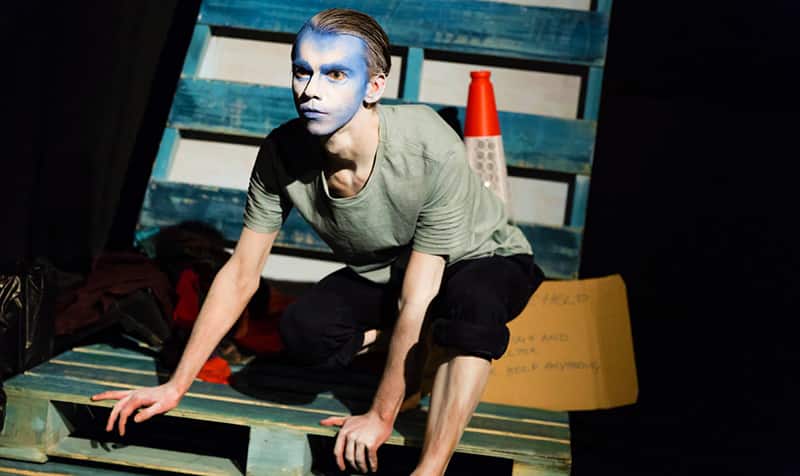
You can see moments of Physical Theatre in loads of pieces of theatre you might watch, start looking out for where it is being used. It could be moments of movement used in between scenes to further the narrative, or could be a sequence of movement which suddenly interrupts a scene. Similarly, it could be that you notice the characters in a play are all using stylised gestures throughout an otherwise naturalistic play.
Ask yourself why these moments of movement have been put into the play? What do they add to the story? How do they enhance your experience as an audience member?
Why should I study Physical Theatre?
Using your body to tell stories is an intrinsic part of being an actor and performer and learning Physical Theatre skills is a great thing to add to your acting toolkit. It’s such a transferable skill and you’ll really reap the benefits in all of your future work.
Whether that be because you're developing a section of physical theatre in a show or just that you learn a little bit more about how to hold and move your body when you’re working...don’t be afraid to give Physical Theatre a try!
 This article was written by Actor and City Academy tutor Phoebe Sparrow. City Academy run a range of adult acting and screen acting classes - Click here to find out more ».
This article was written by Actor and City Academy tutor Phoebe Sparrow. City Academy run a range of adult acting and screen acting classes - Click here to find out more ».




